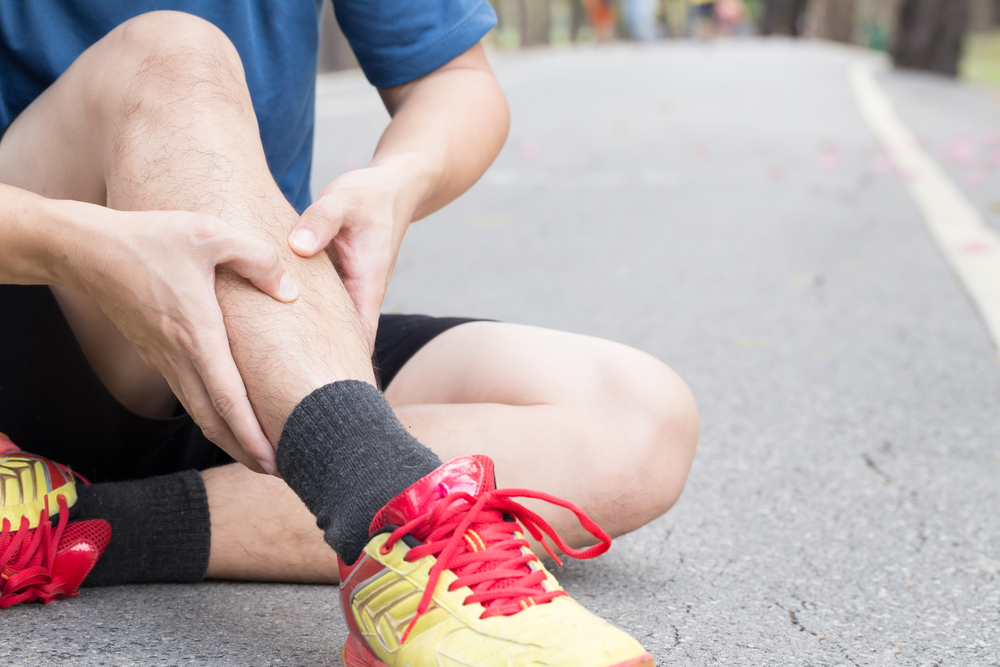Do you get shin splints or have you ever experienced them at some point? If yes, you know just how painful they can be, and they will also prevent you from doing your workout routines and other physical activities. Shin splints are common for athletes, and people that workout regularly or use their feet a lot. They are characterized by pain on the front part of the lower leg just between the knee and ankle.
The persistent and burning pain that results from this condition can be unbearable, and it seems to get worse when you put some weight on the leg. Some of the common causes of this foot problem include wearing shoes that do not fit well or offer inadequate support, failing to stretch, increasing intensity of your workouts and switching up your physical activities suddenly. But, what matters more is finding solutions to the problem. And to help you out with this here are some of the best home remedies for shin splints.

Try These Home Remedies if You Suffer from Shin Splints
#1 Ice your Shins
When it comes to treating shin splints, ice should always be one of your first remedies as it helps to numb the pain and it can also be helpful in reducing the swelling. Once you realize that you have this problem, it will be useful to put some ice on the problematic foot for about ten minutes and repeat it at least thrice every day. Although most people prefer to use an ice bag or wrap the cubes in a washcloth, it is still okay to apply it directly to the shin.
#2 Rest your Feet
Like many other foot problems, the reason why you develop shin splints is overuse of your feet when exercising or by just walking or running a lot. And so rest can make a huge difference as it allows the muscles to recover. As simple as this remedy might look it is still an essential part of the healing process and all the other tricks that you use to deal with shin splints will also involve resting. But rest does not mean that you idle all day. Instead, you should just decrease the intensity of your physical activities and give your legs some time off to heal.
#3 Get New Footwear
Wearing sneakers that do not fit well, do not provide enough support and cushioning or are worn out can cause shin splints or make the problem worse for you. Wearing these improper shoes when exercising will cause unnecessary stress on your shins and in turn cause splints. And so when you determine that you have shin splints you should always do a review of the footwear that you wear when training. Anything that does not have enough cushioning, arch support and a shock absorbing outer sole should be replaced.
#4 Exercise Substitutions
The kind of workouts that you do might be what is causing this painful foot condition for you. Making some exercise substitution can be an excellent way to solve this issue. For example, running on terrain that is uneven or downhill can put a lot of strain on your shins and cause splints. Simply running up the heel and jogging as you go back down can be a useful exercise substitution that will not affect the intensity of your training but will spare your shins from unnecessary strain. Also, cycling can be helpful while still providing a useful workout.
#5 Do Some Stretches
Stretches are one of the best ways of preventing and dealing with foot problems like shin splints as they help to relax the muscles. A few stretching routines before and after your workout can be helpful in treating shin splints. There are many stretches that you can try out, but one of the best ones will entail standing on a step with balls on your feet (at the top). You should then bend your ankles while also lowering your heels until you feel a stretch on your calves. Hold this calf stretch for about 30 seconds and repeat it several times during the day.
#6 Tape your Shins
Even as you try to deal with the shin splints, you might still want to keep up with your workout routine. Taping can be a great way of supporting the shins to prevent further damage and to speed up the healing process. A simple way to do some taping will entail using a bandage to wrap your feet starting from the ankle and continue all the way up before finishing just below the knee. Also, you can use a kinesiology tape to cover the problematic area.
#7 Try Some Herbal Remedies
Although working on the painful area of the shin (directly) is what most people prefer, there are still other options. And one of these other remedies will entail taking herbs like ginger root, turmeric, and valerian root. Turmeric contains curcumin which is a beneficial compound for combating pain and inflammation. Ginger root and valerian root on the other hand also have anti-inflammatory properties and can also help your muscles relax which is very helpful when dealing with shin splints. Also, valerian root also acts as a tranquilizer and so it can help you deal with the pain. One of the best ways of using these helpful herbs is taking them as a herbal tea.
Conclusion
Shin splints are a painful foot problem, but it should never stop you from working out or engaging in your favorite physical activities. And before you decide to seek professional help it is important to try one or combine a few of the remedies above. They are all helpful for this foot problem, and in most cases, they will be enough. Lastly, avoid overusing your feet and also pick your exercise routines keenly to prevent recurrence of shin splints.
This guest post was contributed by Patrick Greer, a fitness trainer, physical therapist, and a blogger at Fix Your Walk. Patrick is passionate about helping people who are suffering from foot pain. Follow him on Twitter @Patrick80709565


Comments are closed.